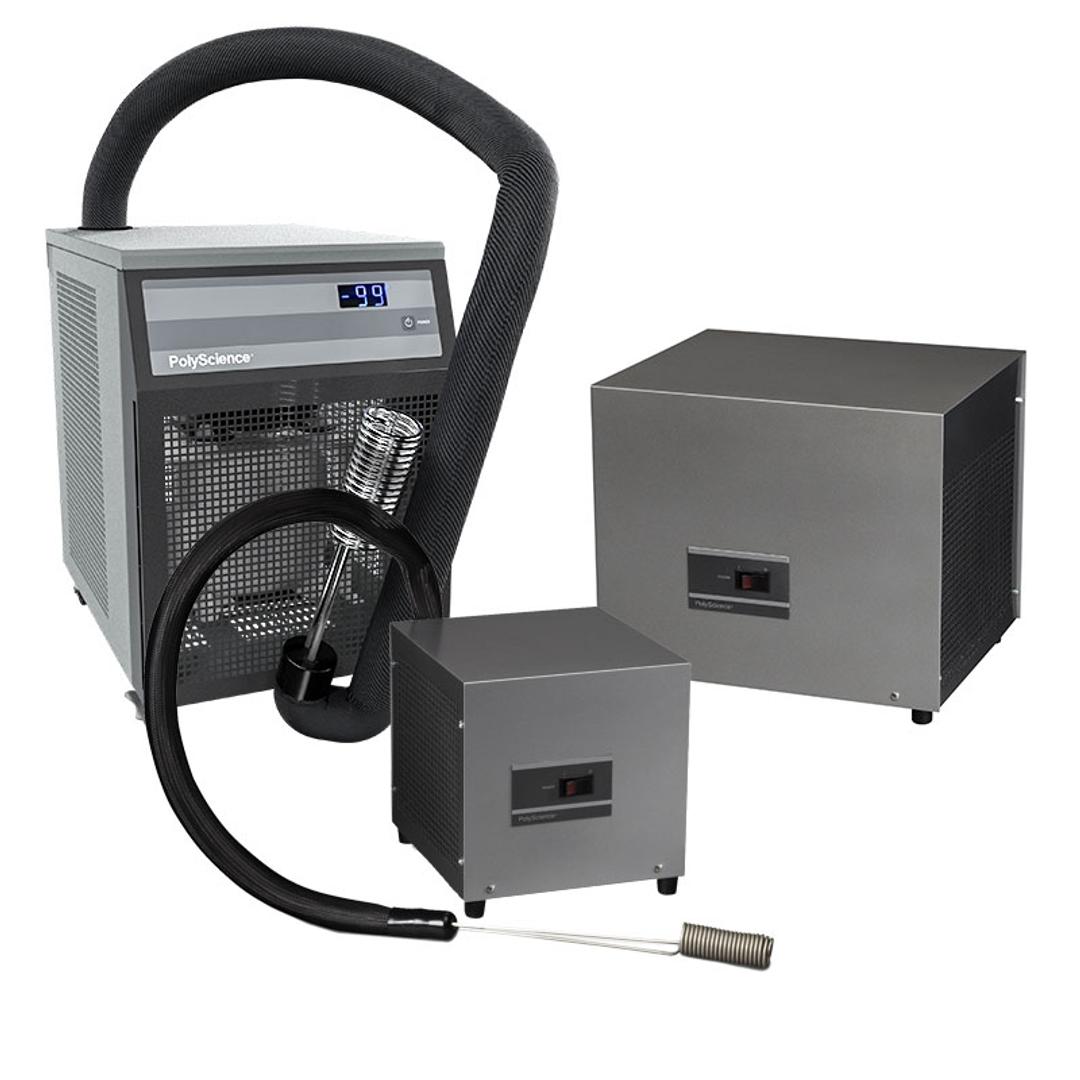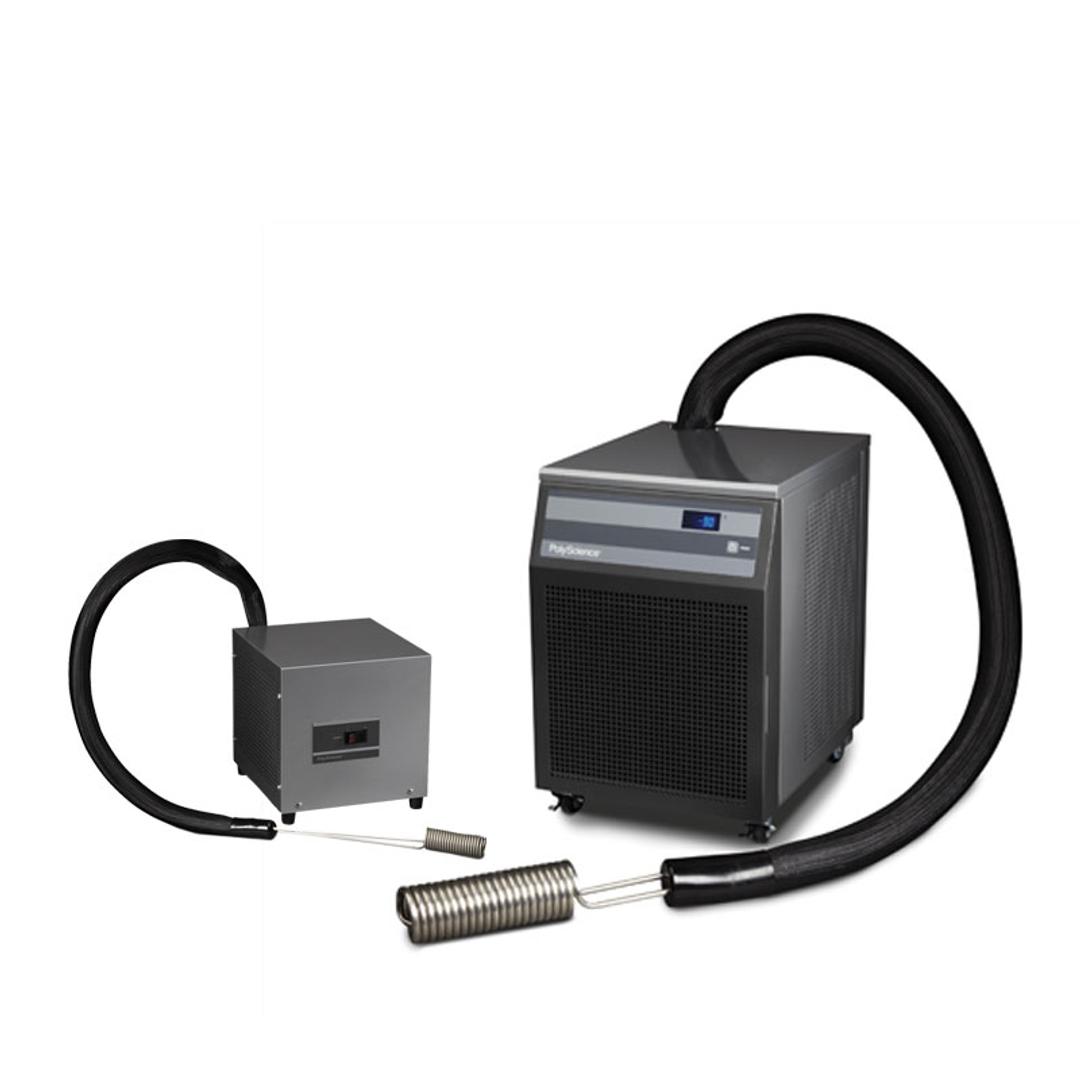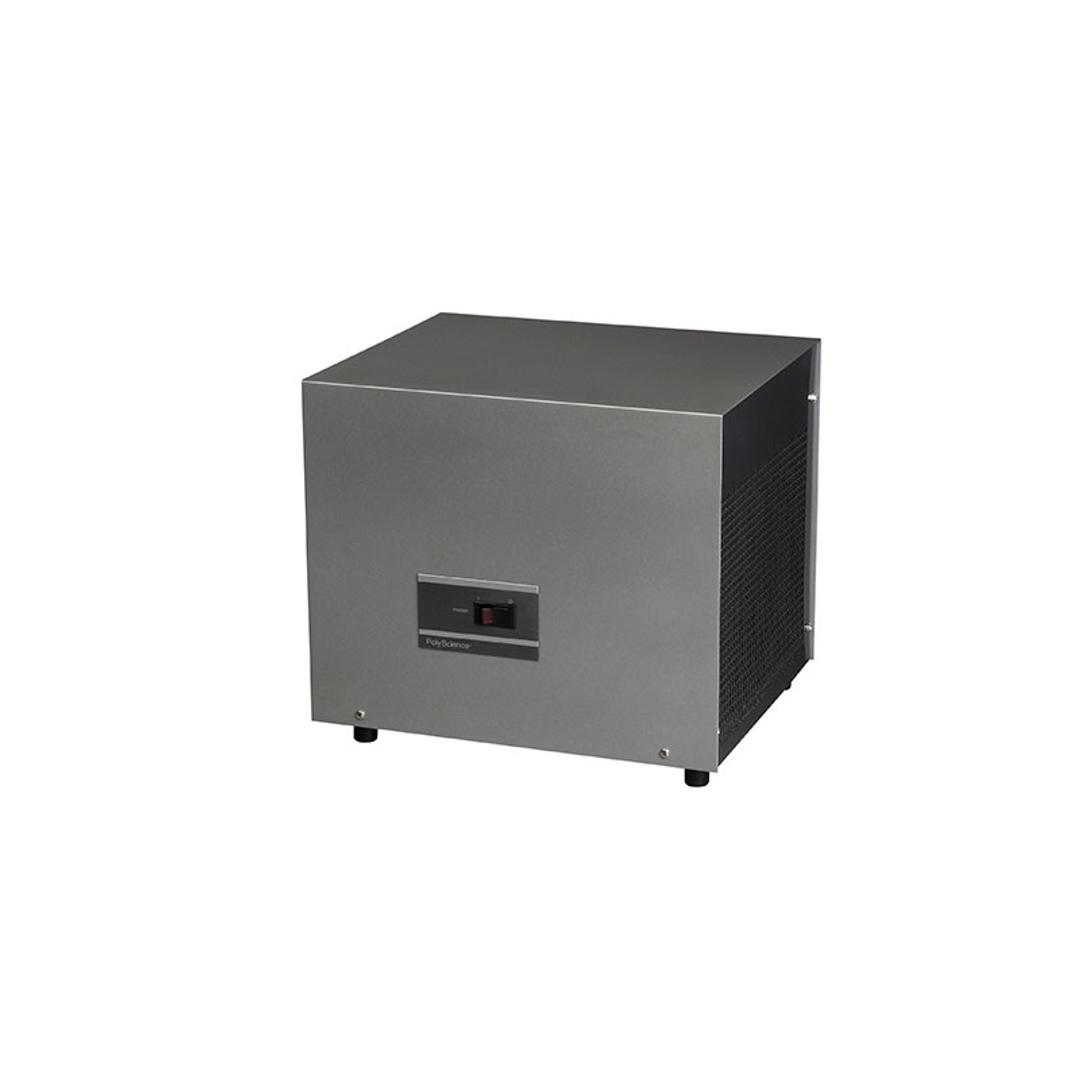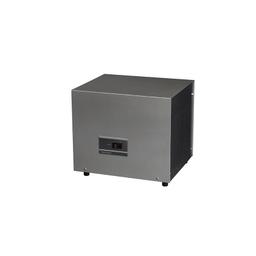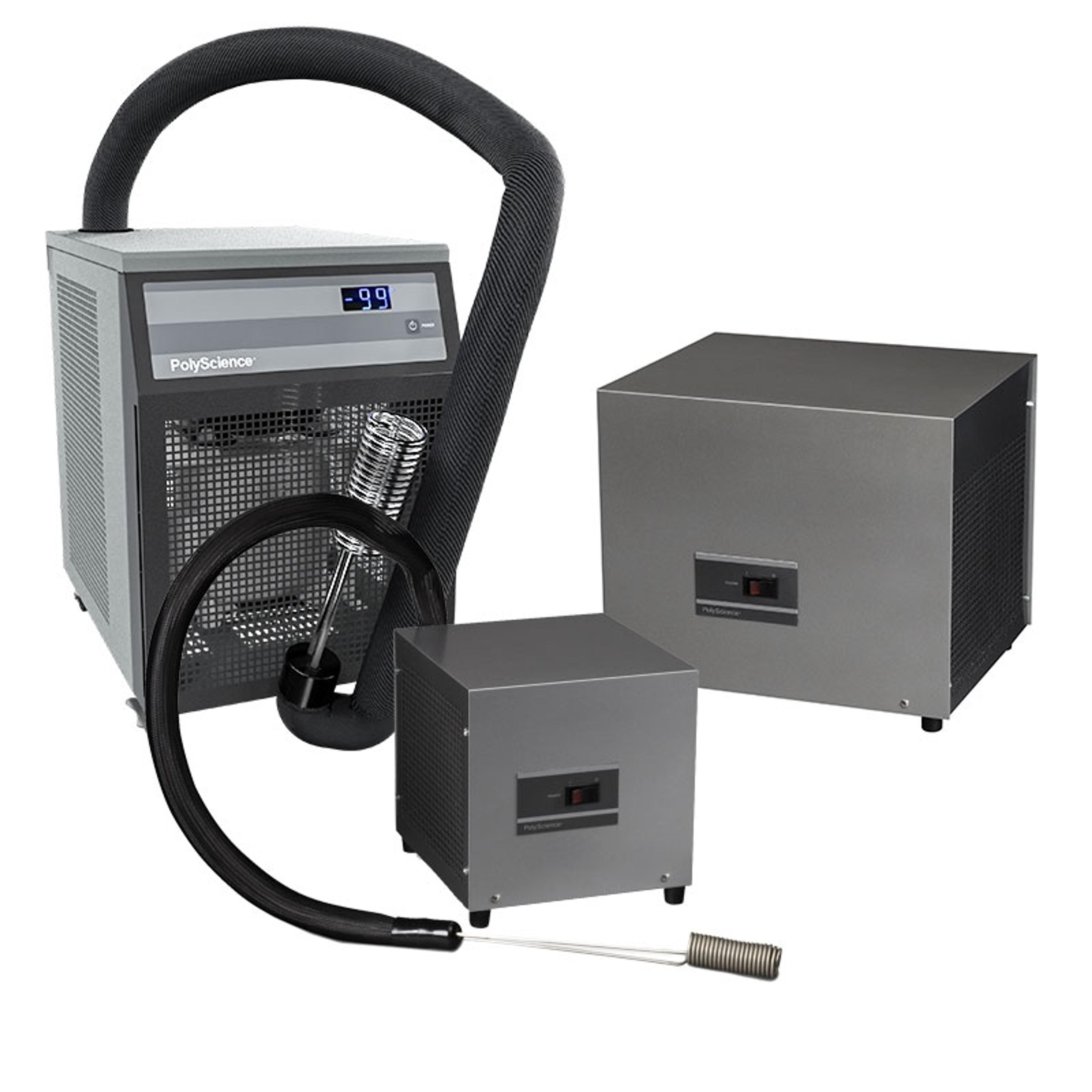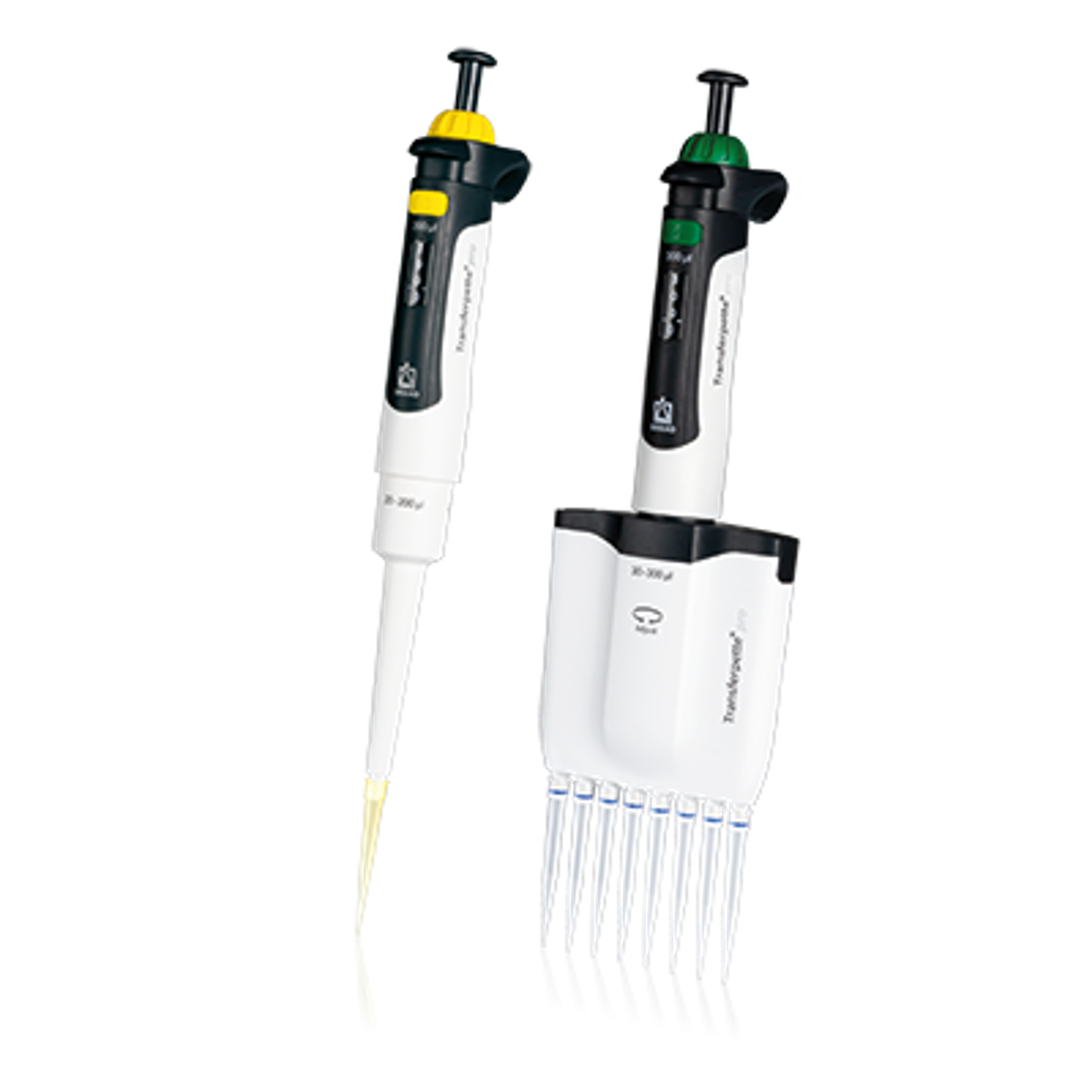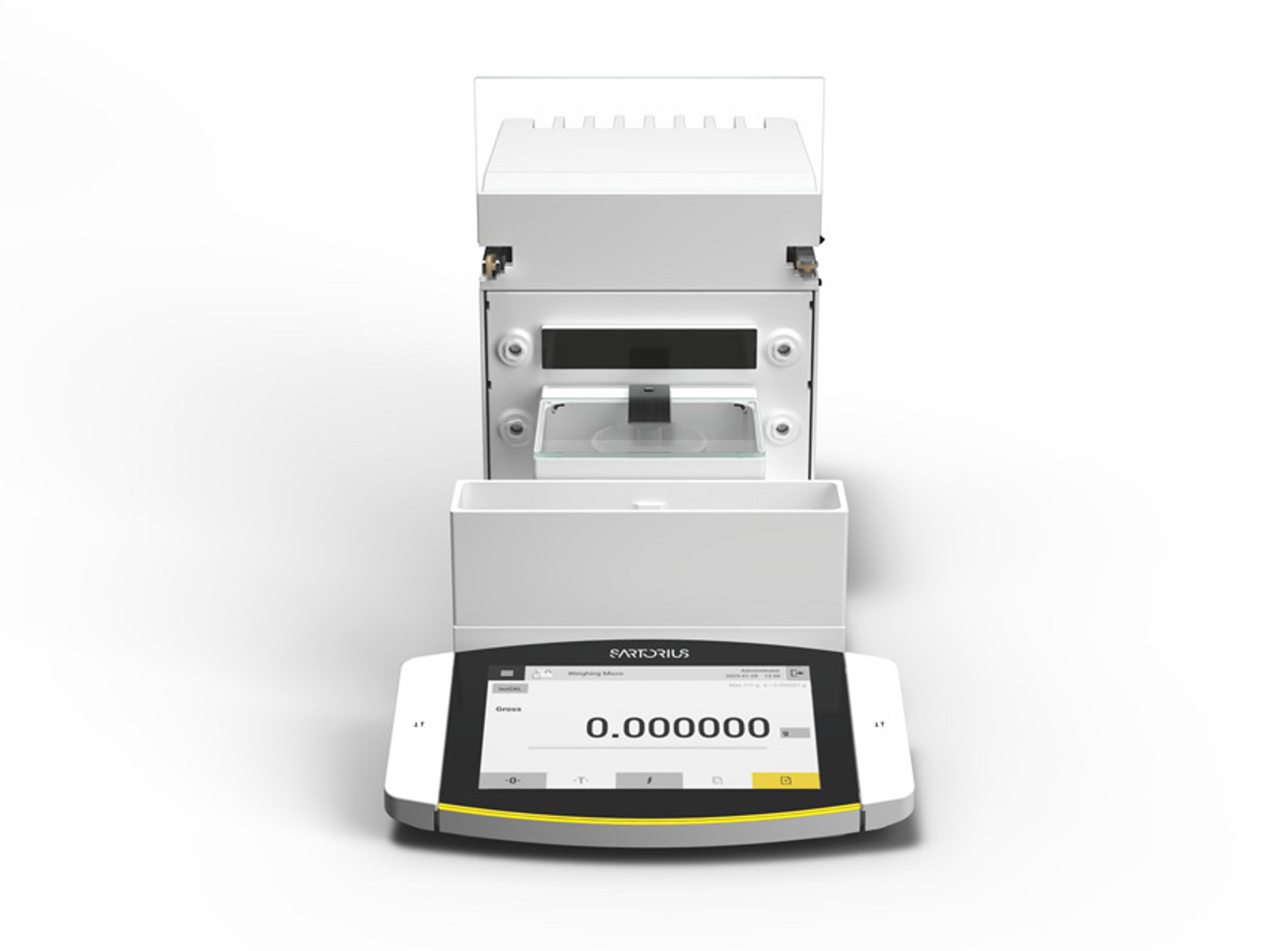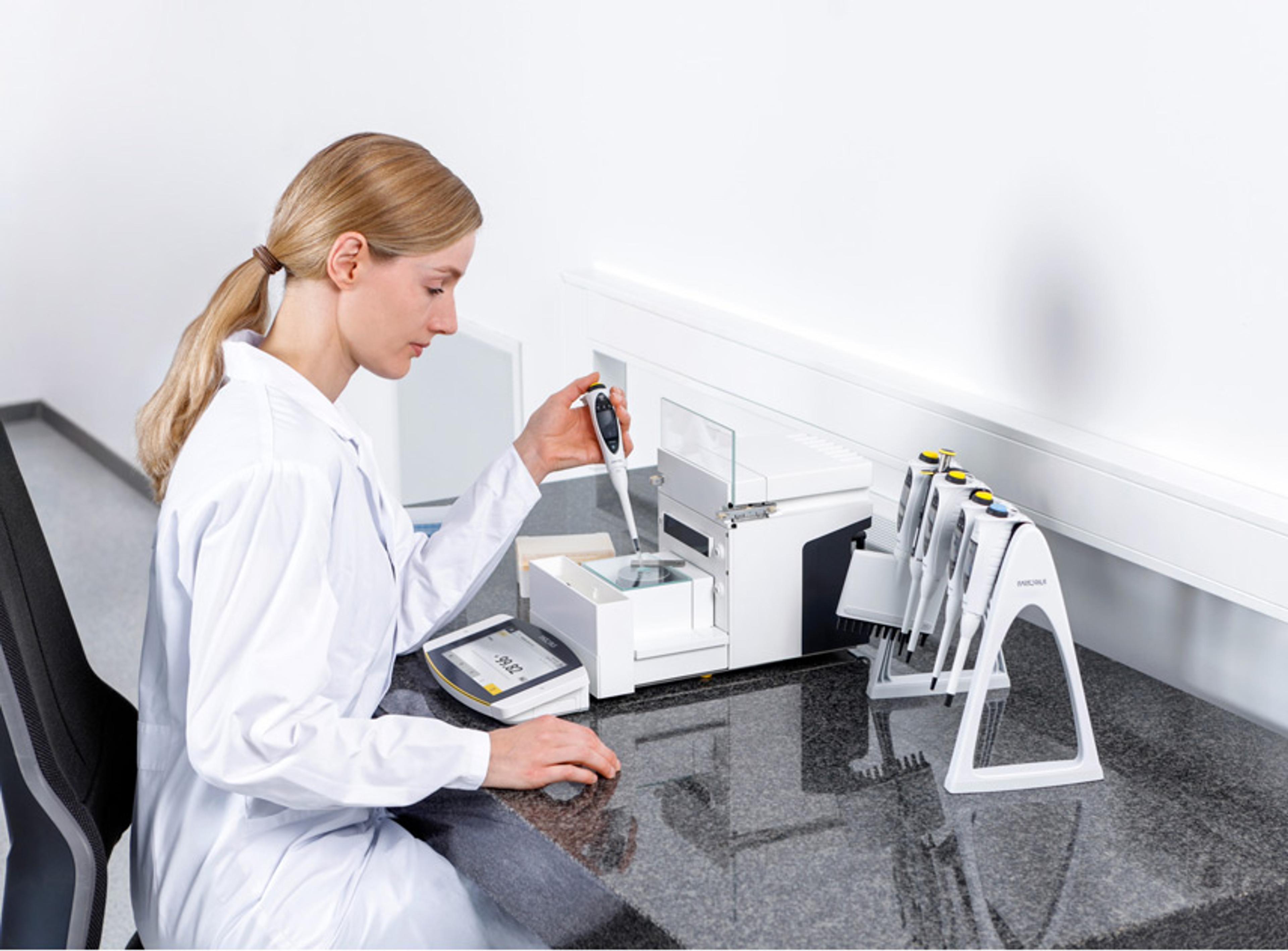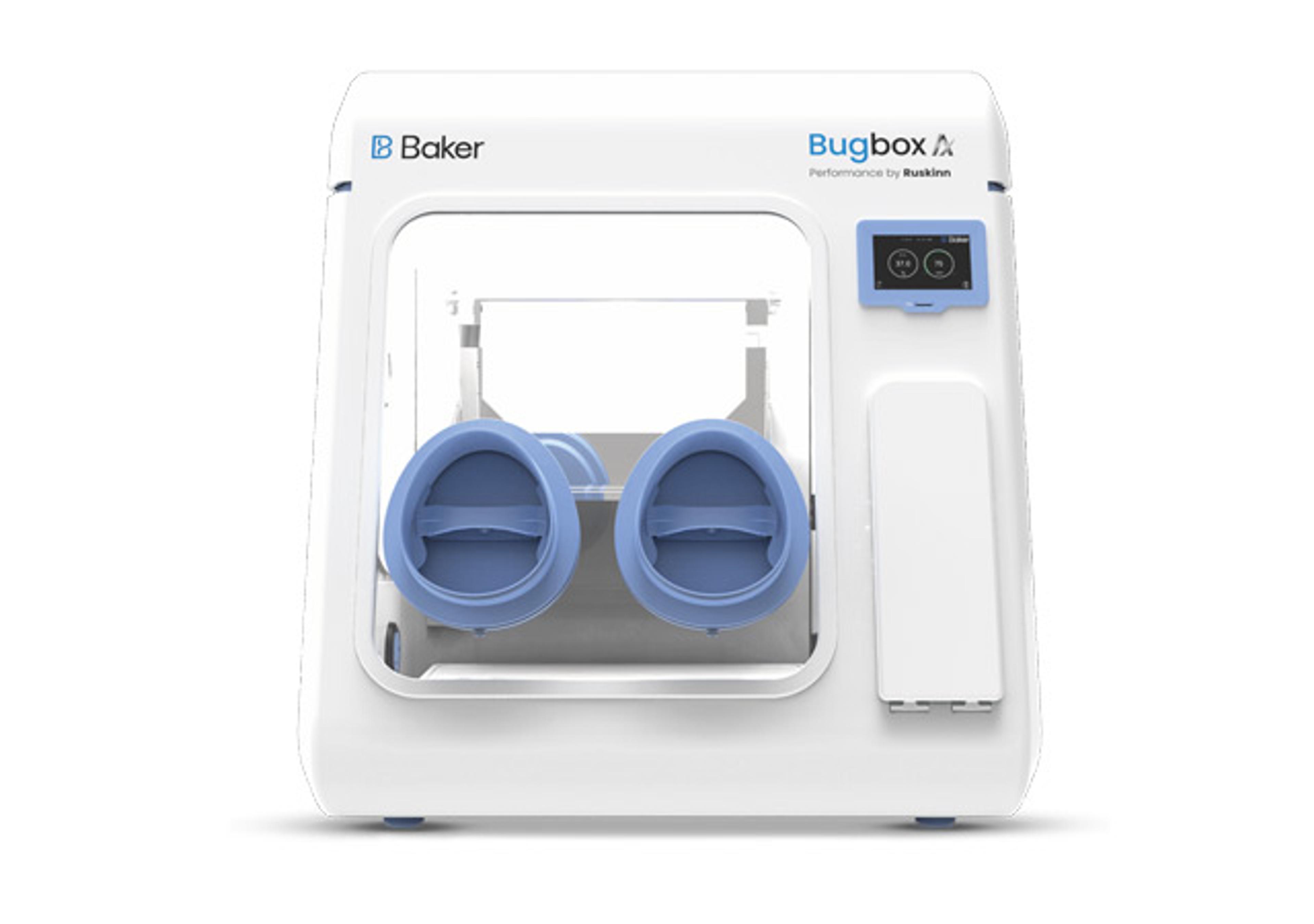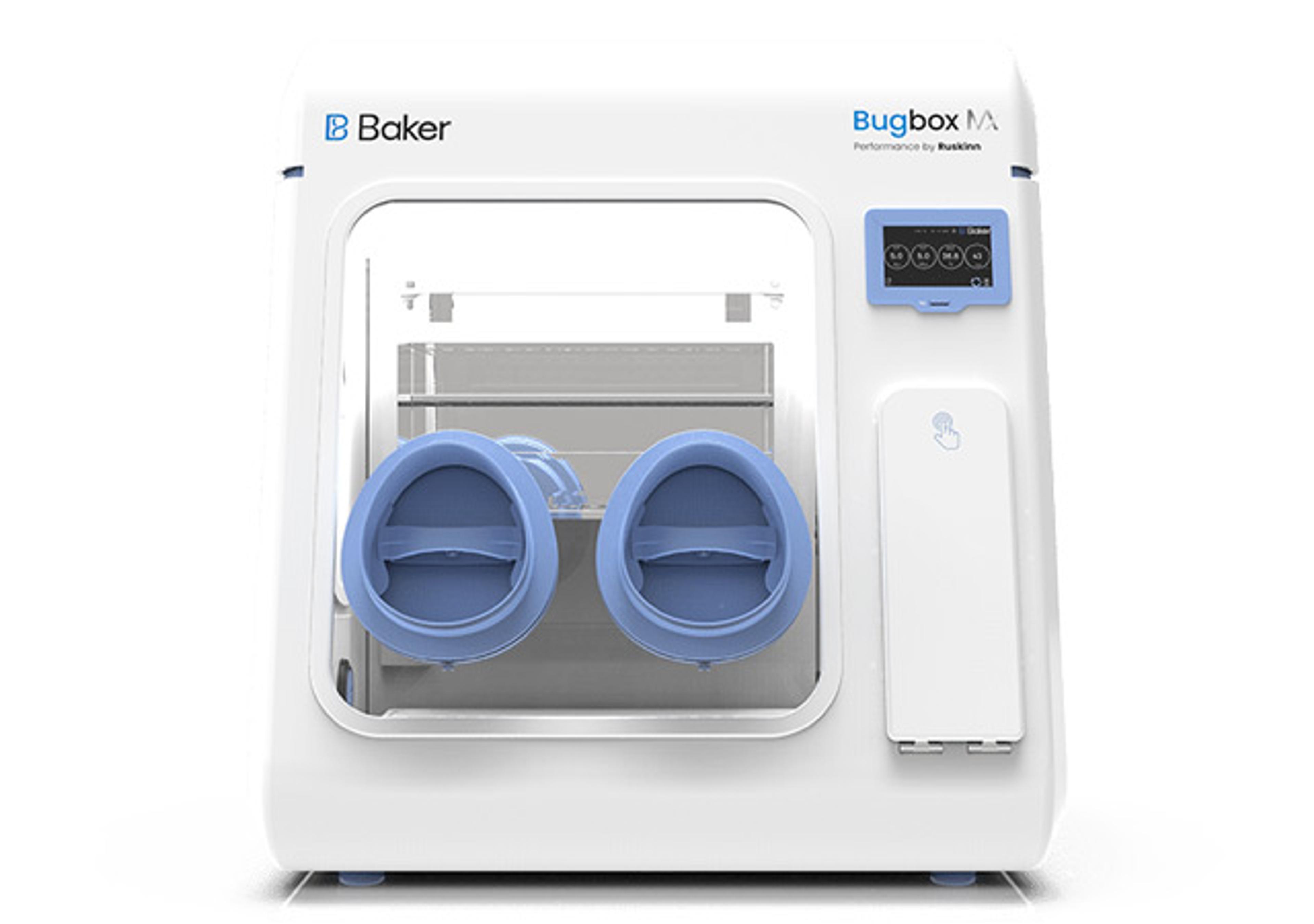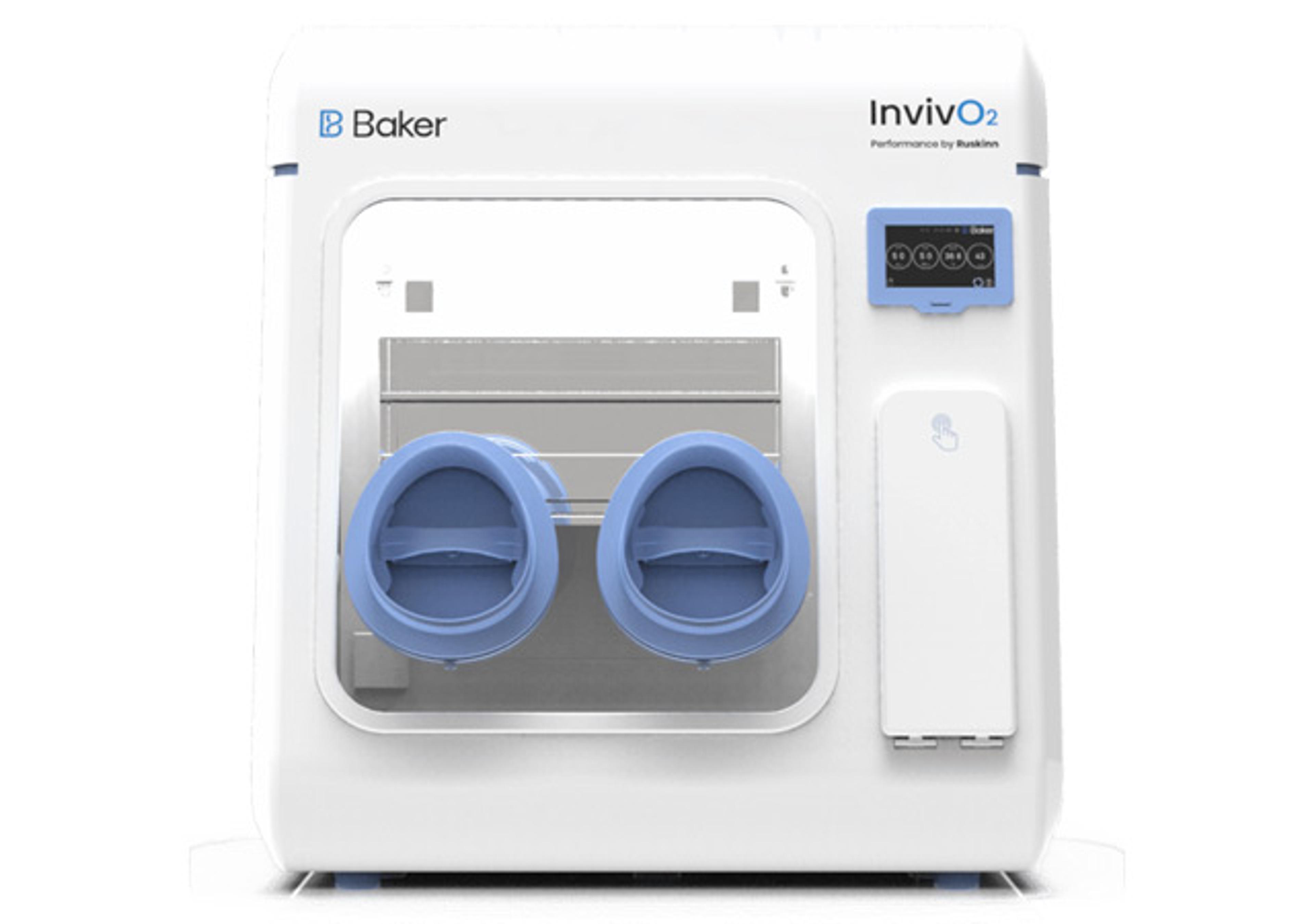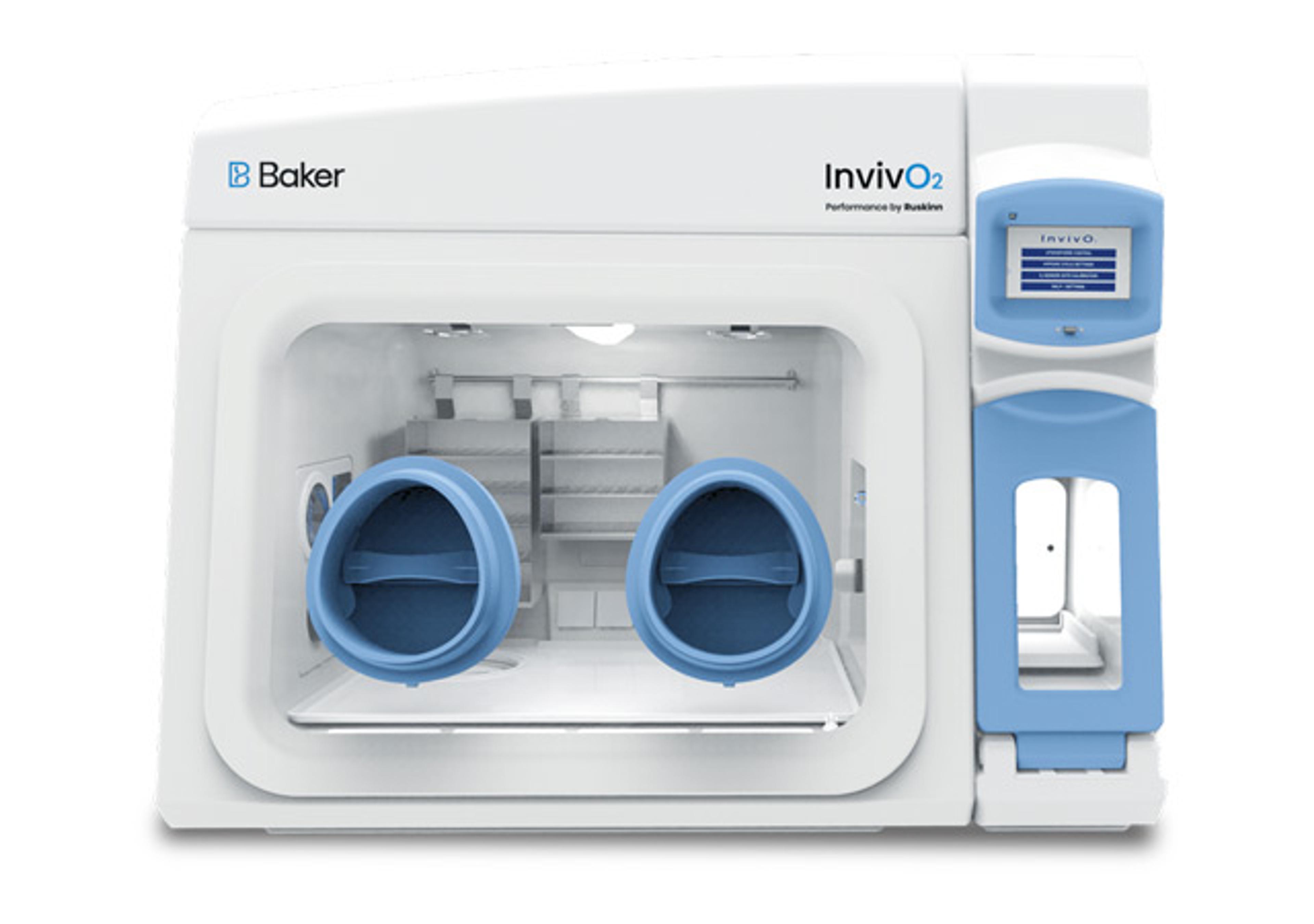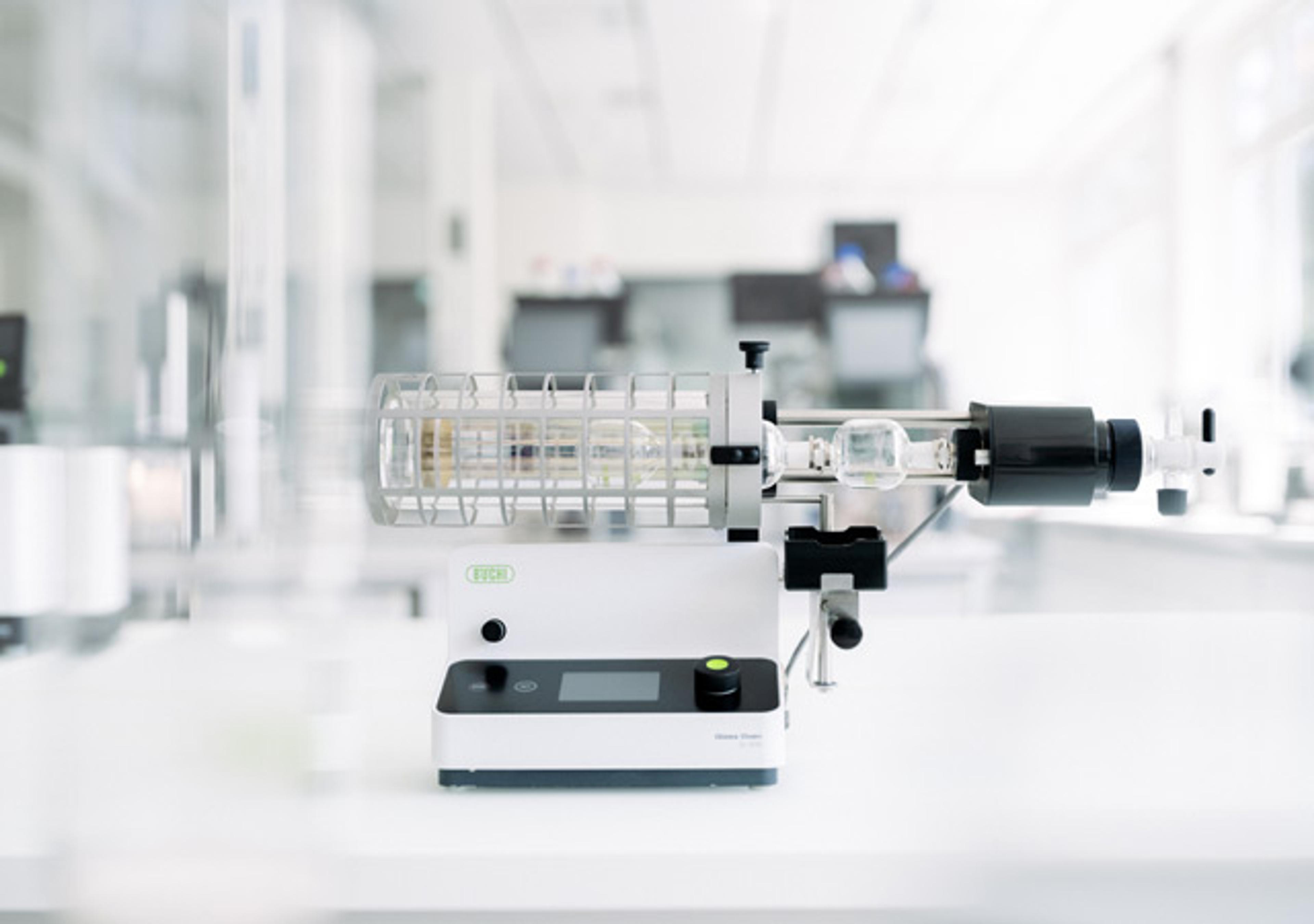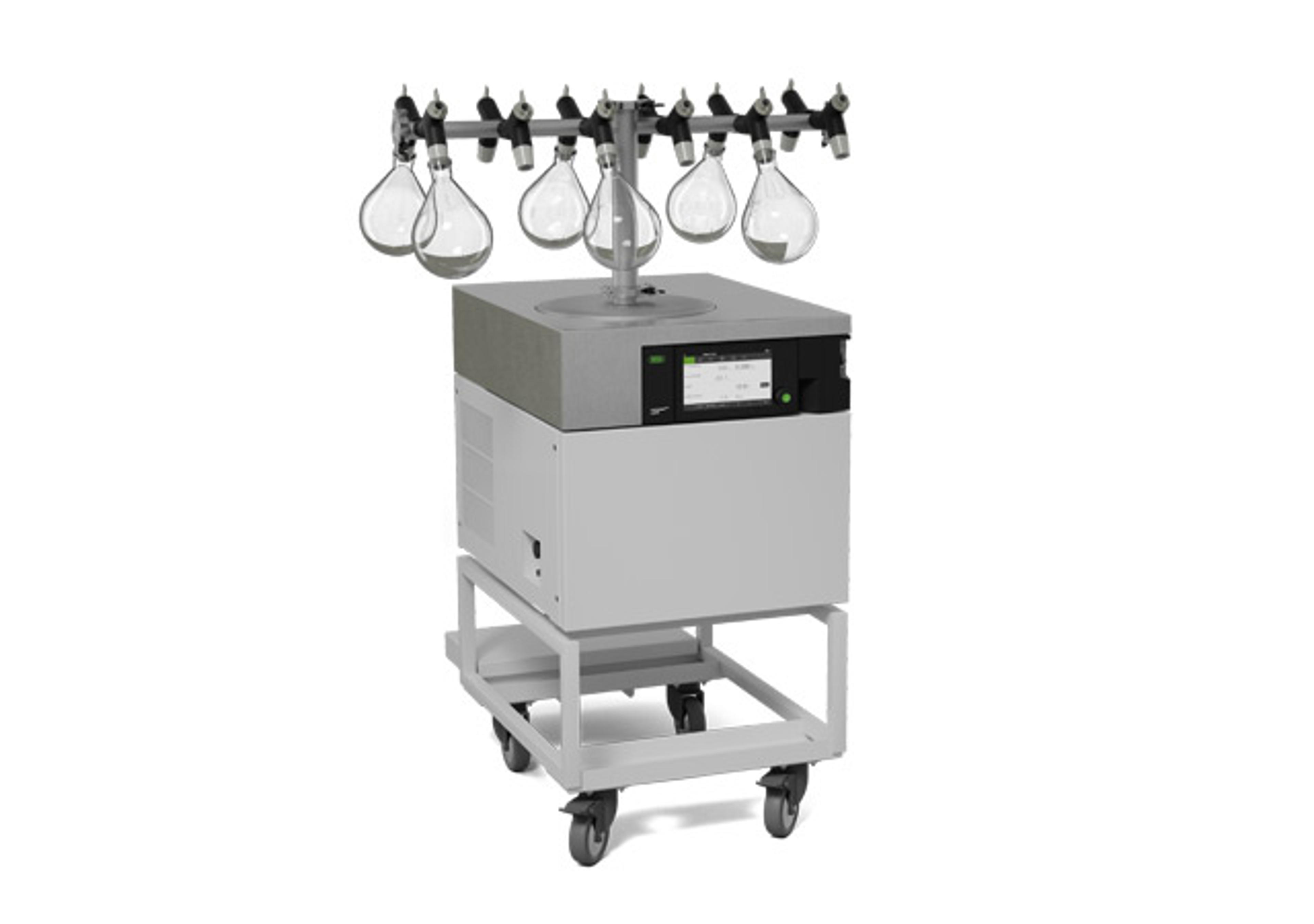PolyScience Immersion Probe Coolers and Flow-Through Coolers
PolyScience Low Temperature Coolers enhance and simplify low-temperature laboratory work, providing rapid, low-cost cooling of liquids to temperatures as low as -100°C

The supplier does not provide quotations for this product through SelectScience. You can search for similar products in our Product Directory.
Enhance and simplify your low-temperature laboratory work with a PolyScience Low Temperature Cooler. Available in both immersion probe and flow-through styles, they provide rapid, low-cost cooling of liquids to temperatures as low as -100°C. Typical applications include the cooling of exothermic reactions, freeze point determinations, freeze-drying, impact testing, lyophilization, and vapor and solvent trapping.
Immersion Probe Style Coolers - Excellent for trapping and Dewar-type applications, these coolers reduce the expense of using dry ice or liquid nitrogen. A flexible hose allows convenient placement of the cooling probe.
- Continuous cooling to temperatures as low as -100°C
- Designed to run at maximum cooling
- An economical alternative to dry ice or liquid nitrogen
- Excellent for trapping applications, freeze-drying, and rapidly cooling small volumes of liquids
Flow-Through Style Coolers - Extend the temperature range of non-refrigerated circulators to below ambient and boost the cooling capacity of refrigerated circulators. These coolers also offer an extremely economical alternative to tap water cooling of heated circulating baths when rapid cool-downs or operation at or near ambient is needed.
- Continuous cooling to temperatures as low as -100°C
- Designed to run at maximum cooling
- An economical alternative to dry ice or liquid nitrogen
- Excellent for trapping applications, freeze-drying, and rapidly cooling small volumes of liquids
Applications include the cooling of exothermic reactions, vapor and solvent trapping, and impact testing. They’re also ideal for extending the temperature range of non-refrigerated circulators to below ambient and boosting the cooling capacity of circulators.

